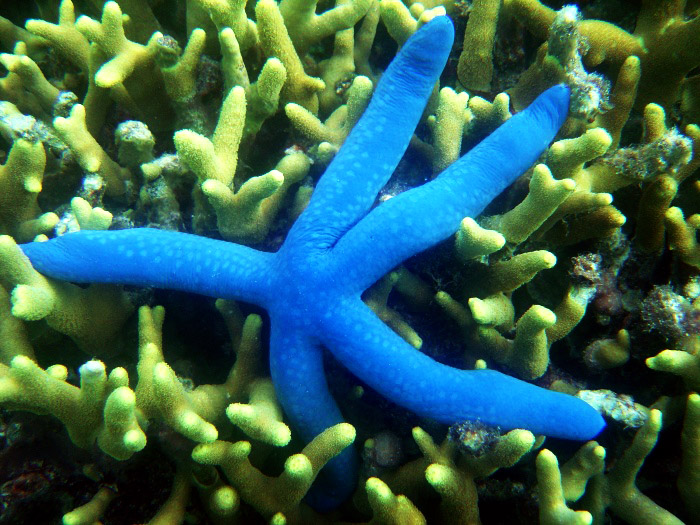Salamanders: the leaders of regeneration
Copying nature’s genius, researchers study species with regenerative abilities and make connections between their unique biological mechanisms and humans’.
Scientists like Dr. Shannon Odelberg use salamanders as models to study regeneration and especially a type of salamander known as a newt, one of the few vertebrates that can regenerate entire limbs and organs. “It is thought that newts can regenerate lost body parts and injured organs because they retain an unusual degree of cellular plasticity throughout adulthood,” says Odelberg, a professor of internal medicine and neurobiology at the University of Utah. Newts’ injured skin or bone cells revert to progenitor cells which form a mass of undifferentiated cells at a wound site, called a blastema. The blastema is programmed to become the missing part of the limb, playing a major role in limb regeneration.
Odelberg's lab is trying to identify the genes that control regeneration in newts. His research has already demonstrated that certain members of a gene family, known as the matrix metalloproteinases (MMPs), are contributing to regeneration. It is thought that these genes, that are inactive in humans, may help to prevent scar formation and make the cellular environment conducive to regenerative processes.






